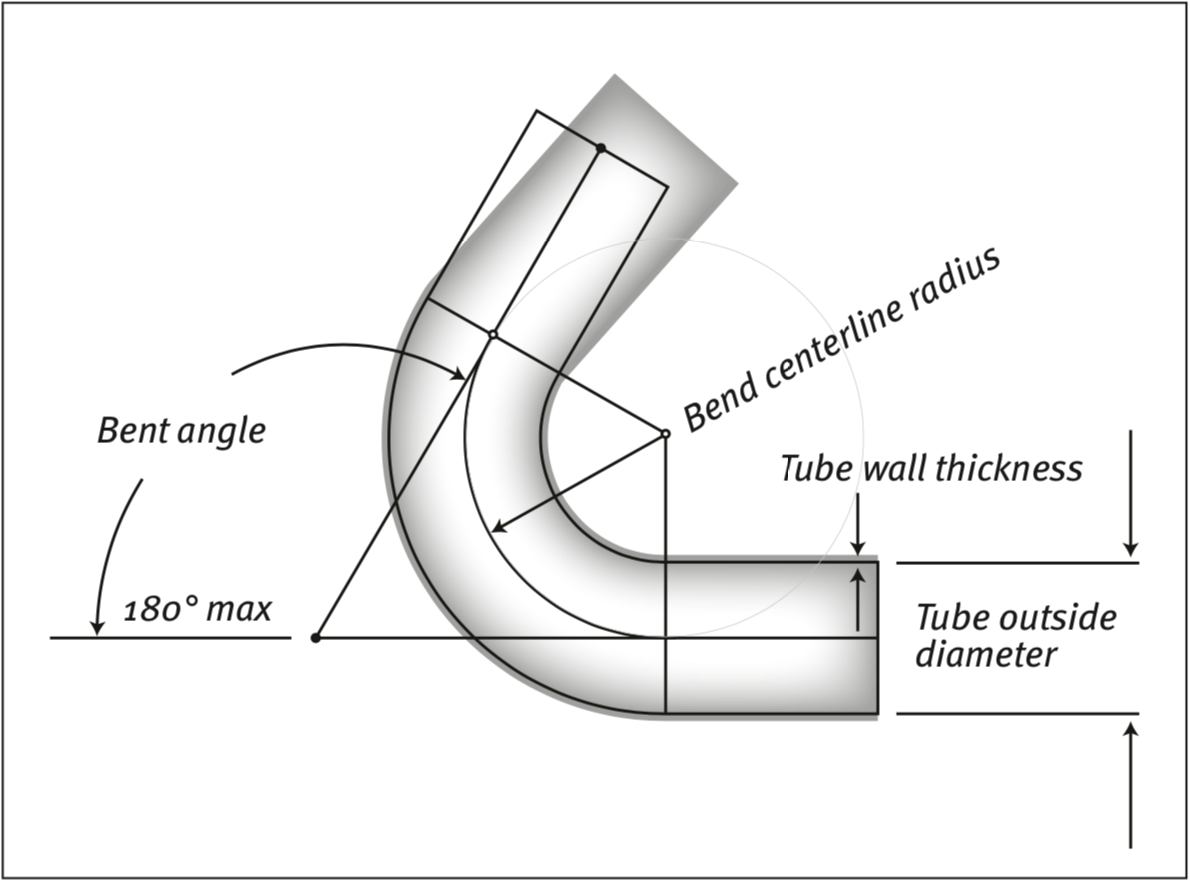This plastic region of the tube bend extends both behind and ahead of the line of the tangency, therefore, the mandrel nose must be set forward of the line of tangency into the arc of the tube bend in almost all cases. This ensures that the vertical cross-section of the arc of the tube bend, while it is in a plastic state, will take the shape of the nose as the tubing material is drawn over it. The key to effective use of the mandrel is to set its nose so that it supports as much of the point of bend as possible (see below). Barnshaws can mandrel bend tube up to 76mm diameter. However, if the wall factor of a tube exceeds 20, a mandrel is needed in most instances. If the tube wall is thick enough relative to the overall size of the tube or if the specifications are not too severe (e.g., shallow depth of bend or a large 'D' bend radius), then a mandrel may not be necessary, because the force of the bend is not sufficient to buckle or collapse the tube wall at the point of bend. It controls the flow of plasticizing material at the point of bend in order to maintain the shape of tube as it sets into the arc of the bend. This form of bending generally is used for tighter radii in tube (typically 3D ie the radius is 3 times the o/dia of the tube).


